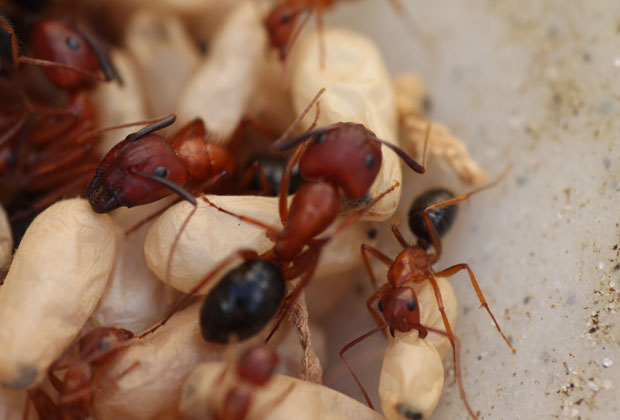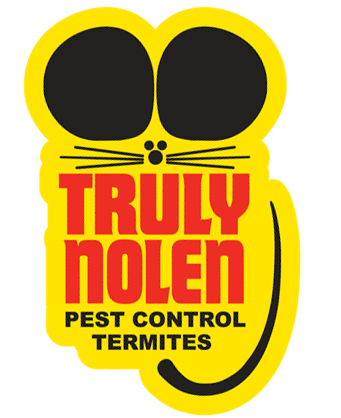FIRE ANTS
Fire Ant Facts
Typically, Fire Ants are between 1/8 and 3/8 of an inch in length.
Fire Ants are reddish brown in color.
Fire Ants can inflict painful stings and have been known the kill cattle and other large animals.
Typically, Fire Ants nest in the soil at the base of trees, shrubs, grass or in homes.
Fire Ant colonies can contain up to 250,000 ants.
Ant Photos

Carpenter Ant

Carpenter Ant
What Are Fire Ants?
Fire ants can be identified by their dull red body coloration, which ranges from reddish brown to reddish black. The head is typically copper brown in color. They are relatively small – typically 1/8 to 3/8 inch in size. Fire ant workers also have an abdominal stinger. When the population of a single mound becomes large, the queen will produce winged male and female reproductive ants. These ants leave the colony in a massive mating flight. After females are fertilized, they land and shed their wings. The males die after mating.
Ideal fire ant locations have dry, sunny and flat conditions. Typically they build their nest mounds in the ground near landscape areas or structural foundations as loose earth is preferable for mound construction. At times, nests may appear as visible mounds that can grow to be larger than two feet in diameter and about seven to 12 inches high and can be dome-shaped.
Fire ants are least active during the hottest hours of the day. They also avoid darkness and shade, and are more likely to appear in open fields and lawns than in forests. They are resilient; the large mounds under which they form their colonies regulate the temperature of their tunnels, allowing them to survive severe drops in temperature. If mounds remain undisturbed and the colony rapidly multiplies, fire ants may send additional queens to begin new mounds nearby. Large colonies can have up to 250,000 workers. Very active and aggressive, they will sting any intruding animal repeatedly.
